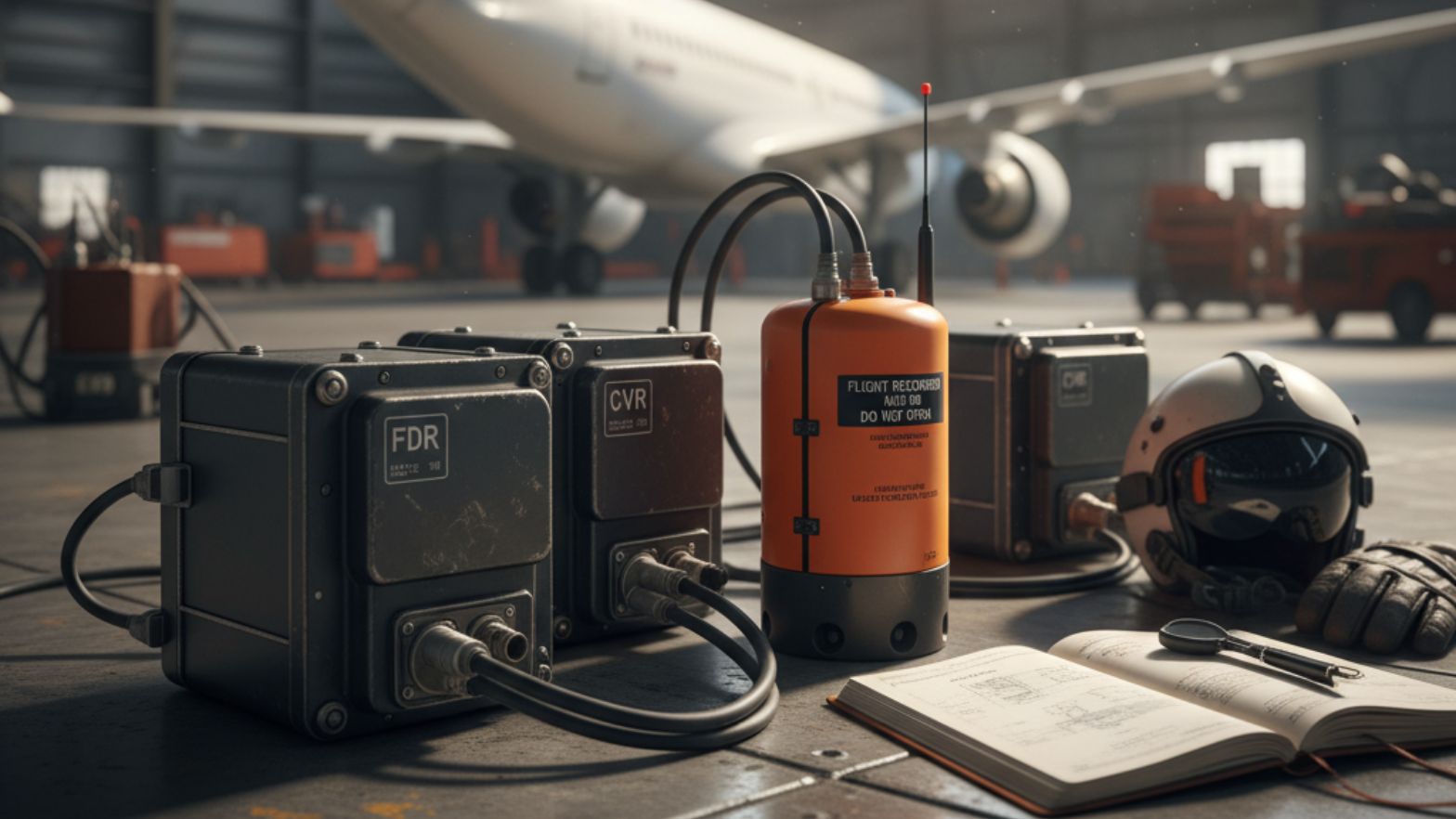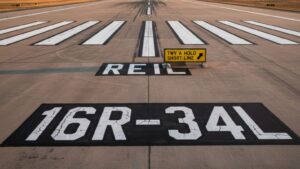In the vast expanse of the sky, where millions of passengers traverse daily, the assurance of safety is paramount. But behind this safety is a silent guardian, an unassuming device that is very important for making sure that air travel stays safe. The flight data recorder, also known as the black box, is a testament to human creativity and the constant search for safety in aviation.
The Genesis of Flight Recorders
Flight data recorders were first used in the 1950s, when a number of strange plane crashes happened that no one could explain. Dr. David Warren, an Australian scientist, came up with the first prototype of a flight recorder because he wanted to know more about these events. His invention was meant to record conversations in the cockpit and flight data, which would help figure out what caused crashes. Even though people didn’t like his idea at first, it caught on and led to the creation of modern black boxes, which have two main parts: the Flight Data Recorder (FDR) and the Cockpit Voice Recorder (CVR).
The Parts of a Black Box
The black box is usually painted bright orange, even though its name suggests otherwise. This makes it easier to find among the wreckage. The FDR keeps track of many flight parameters, such as speed, altitude, heading and engine performance. The CVR records conversations in the cockpit, background noise and radio calls. These devices work together to give investigators a full picture of how the flight was run, which helps them piece together what happened before an incident. The data they have together is very helpful for figuring out the complicated causes of plane crashes.
Resilience Beyond Measure
One of the most amazing things about black boxes is how long they last. They are built to last in very harsh conditions, like high temperatures, high pressure and being underwater for a long time. This resilience makes sure that important data stays safe even in the worst situations, which helps with thorough investigations. The strength of these devices shows how important they are for aviation safety. They can be trusted to give you information when other evidence might not be reliable.
Real-World Applications: Recent Incidents
Air India Flight 171: Ahmedabad, India (June 12, 2025)
Sadly, Air India Flight 171, a Boeing 787-8 Dreamliner, crashed just after taking off from Ahmedabad on June 12, 2025. All 241 people on board and 19 people on the ground died. Investigators found both the FDR and CVR in the wreckage. The first analysis showed that both engines lost power because the fuel control switches accidentally moved to the “cutoff” position. This information has been very helpful in figuring out what happened before the crash.
Potomac River Mid-Air Collision: Washington, D.C. (January 2025)
An American Airlines jet and a helicopter crashed into each other in the air over the Potomac River in January 2025. There were many deaths as a result of the crash. The investigators found three black boxes: two from the jet and one from the helicopter. We are currently looking at the data from these devices to find out what caused the crash and to put in place steps to stop it from happening again.
The Role of Black Boxes in Making Things Safer
Black boxes are very important for making flying safer. The information they give helps find problems with the system, mistakes made by people and broken machines. Aviation authorities can take steps to fix problems by looking at this information. For example, they can change training protocols, maintenance procedures and aircraft design. This ongoing feedback loop helps the aviation industry keep raising its safety standards.
The Debate: Video Recorders in the Cockpit
The sad crash of Air India Flight 171 has brought up the idea of cockpit video recorders (CVRs) again. CVRs record audio, but video recorders could give more information by showing what the pilot did and what the cockpit looked like. Supporters say that this extra layer of information could help make incident reconstruction more accurate. However, worries about privacy, cost and whether the technology will work keep the debate going.
Looking Forward
As aviation technology gets better, so do the tools that keep people safe. The way black boxes have changed over time shows that the industry is dedicated to learning from past mistakes and making things better all the time. In the future, there may be real-time data streaming, better durability features and the ability to work with other safety systems. These new features will make black boxes even more important as the unsung heroes of aviation safety.
Concluding Thoughts
Black boxes and flight recorders are important parts of the safety system for modern aviation. Because they can capture and store important flight data, they make sure that incidents can be fully looked into and lessons can be learnt. They may work quietly in the background, but their effects are huge, and they are essential for making the skies safer.









